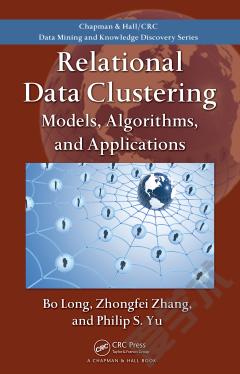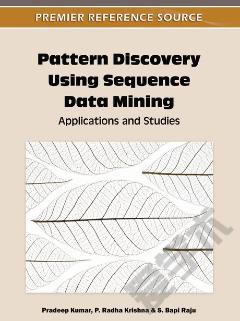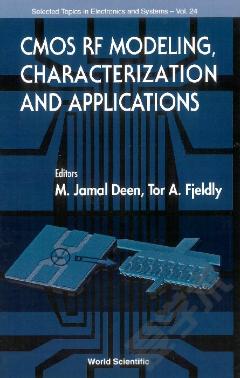Pedestrian Behavior —— Models, Data Collection and Applications
----- 行人行为:模型、数据收集和应用程序
Studies of pedestrian behaviour have recently gained a lot of attention in a variety of disciplines, including urban planning, transportation, civil engineering, computer science/artificial intelligence and applied physics. Various kinds of models for simulating pedestrian behaviour have been suggested. Moreover, new technologies have been used to collect data about pedestrian movement patterns. The aim of this book is to document these new developments in research and modelling approaches. In this book, leading scholars representing different modelling approaches and fields of application have written chapters about the analysis and modelling of pedestrian movement patterns. Modelling approaches include cellular automata models, fluid dynamics, discrete choice models, rule-based models, multi-agent models and models of bounded rationality. The chapters illustrate that these model can be successfully used to simulate phenomena such as lane formation, crowding, activity-patterns, path decisions, micro-behaviour, impulse buying and store choice behaviour. Finally, the book contains some interesting application of this body of research. These chapters and paragraphs demonstrate the applied potential of models of pedestrian behaviour.
{{comment.content}}








 京公网安备 11010802027623号
京公网安备 11010802027623号